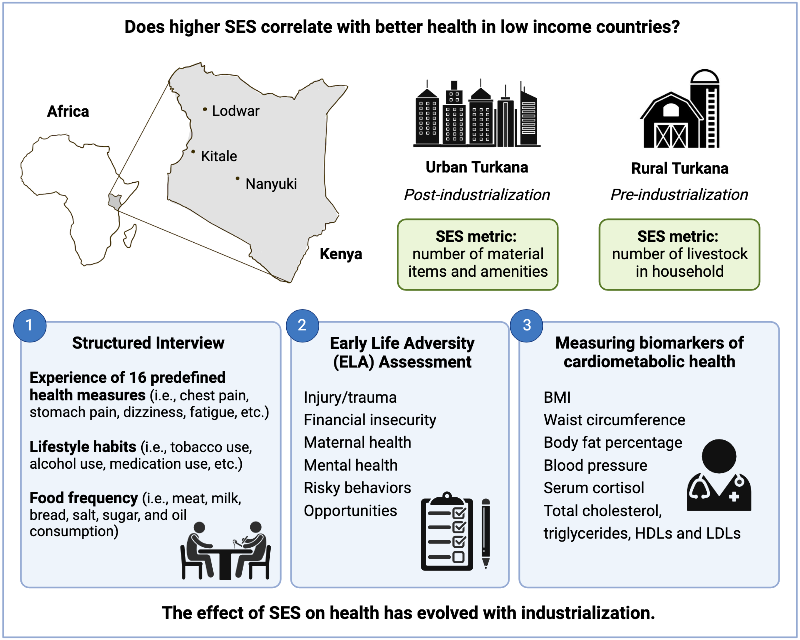Review written by Rohini Majumdar (PSY)
Research on life trajectories is one of social science’s most popular exports to policy making. Predictive models for specific life outcomes have been applied to a number of settings, including criminal justice and child-protective services. Despite the real-world relevance and far-reaching impact of this research, not many high-quality datasets exist to support it. The Fragile Families and Child Wellbeing Study (FFCWS), however, is one such enterprise by Princeton’s Center for Research on Child Wellbeing and the Columbia Population Research Center. Over 900 studies have used the FFCWS’s rich longitudinal data, which follows the families of almost 5000 babies born in major US cities around the turn of the millennium. Most of these children were born to unmarried parents, putting these families at a greater risk of splitting up and living in poverty compared to traditional families. Although life trajectory research has been used to inform policy, whether it can also be used to accurately predict specific life outcomes for individuals remains undetermined. To find out, Princeton Sociology’s Matthew Salganik, Ian Lundberg, Alex Kindel, and Sara McLanahan spearheaded the Fragile Families Challenge (FFC), a mammoth scientific mass collaboration based on a research design called the common task method.
Continue reading




